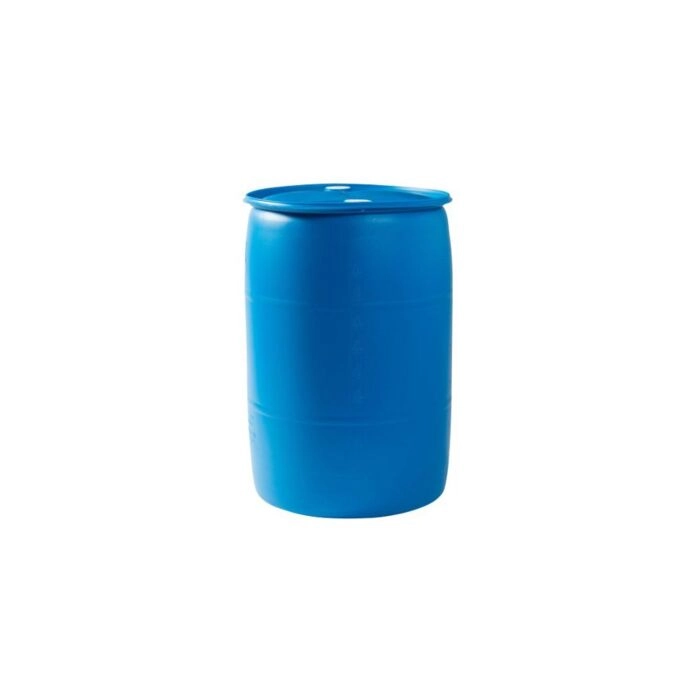Being in a managerial position at a manufacturing plant means you need to monitor maintenance and cleaning programmes to ensure your equipment continues to run optimally while minimizing downtime. If a cleaning product, like an aqueous degreaser, is accidentally used in the wrong way, it can have adverse effects on your operations, slowing down production and compromising the integrity of your work. Here are some hints and tips on what to avoid using degreasers on if you run a manufacturing plant.
Using an aqueous degreaser correctly
If you’re trying to remove particularly stubborn dirt, it can be tempting to use a degreaser to deal with the issue. These cleaning agents are a lot stronger than some of the other ones on the market, but they can actually cause damage if they are used incorrectly. Here’s a list of what you and your staff can use aqueous degreasing agents on:
- Engine components
- Industrial metal components
- Food processing systems
- Commercial parts
- Heavy machinery components
Essentially, an aqueous cleaner is ideal anytime excess oil or grease from a manufacturing procedure needs to be cleaned.
However, these cleaners are not suitable for the following:
- Reactive metals like aluminium, copper, or zinc
- Cleaning grease off hands or skin
- Cleaning up solid dirt or dust (it’s not necessary)
If a spilt substance or mess can be cleaned up using a more simple solution than a degreaser, then this is exactly what you should do. Going overboard with stronger-than-necessary cleaning products is certainly not advised, as it can cause more hassle than you may have thought.
Measuring degreaser concentrations
As with any aqueous parts washer solvent, you need to consult the Safety Data Sheet (SDS) or speak to your manufacturers about measuring the correct amount of the product to get the best mixture for your application. You’ll need to ascertain what you want to use the degreaser for, as this can change the required concentrations.
Following this, you’ll also need to establish the best application method. For example, using a clean microfibre cloth for metal surfaces is best. Aqueous degreasers should never be left to dry on their own, and any excess residue should be removed. Because these products are usually water or vapor-based, the liquid element can evaporate if left unattended. This leaves behind stubborn substances that can be difficult to get rid of.
Other application methods
One of the main benefits of using water-based commercial cleaning products is that they’re very versatile. Decent products like well-formulated aqueous parts, washer solvents and aqueous degreasers can be used in several different ways. Although you’ll need to consult the relevant documentation to figure out which application method is best, these are some of the application methods you can use:
- Manual: Manual application methods are done by hand, using a cloth or a brush, depending on the job.
- Spray: Spray methods are ideal for super stubborn jobs that require a bit of extra power to remove dirt or grease. Some solvents can be used in high-pressure spray applications, although you shouldn’t be surprised if you see a bit of extra foam during cleaning.
- Immersion: Some cleaning jobs require you to immerse parts in the cleaning solvent to loosen up any grease or dirt before removing it completely. In these cases, immersion may be the best solution.
- Ultrasonic: This is a super popular cleaning method for smaller parts, as it agitates the dirt enough to fall off the respective component. Seom aqueous degreasers or aqueous parts washer solvents are compatible with ultrasonic cleaners and is an ideal mechanism for instances where a thorough clean is needed.
Understanding different products and cleaning methods
If you’re in charge of making sure everything runs smoothly in your manufacturing plant, then making sure you understand the difference between aqueous parts washer solvent types and the different industrial cleaning methods can help you ensure you get the cleaning job done safely and smoothly. If you find you’re at a bit of a loss, you can always consult a safety data sheet (SDS) or speak to your cleaning product supplier. This will help you get the help and solutions you need for running a well-operated manufacturing facility.






